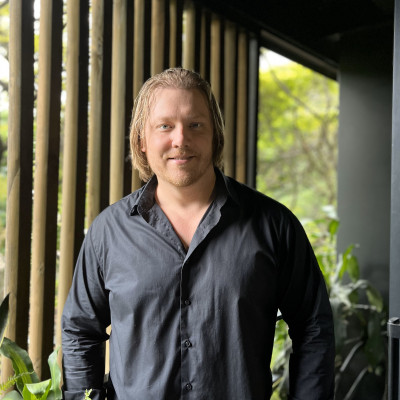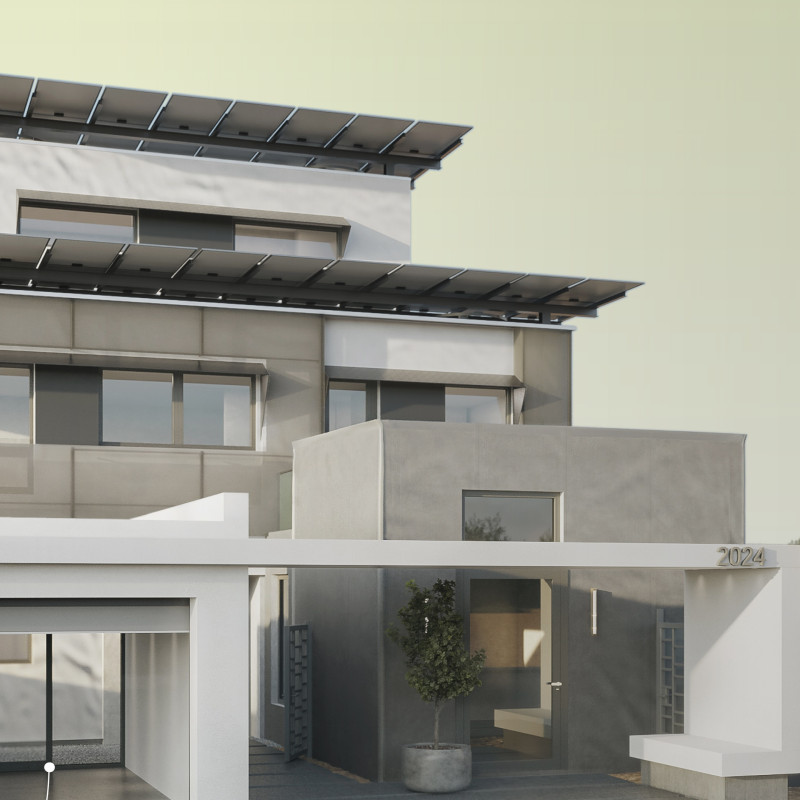5 key facts about this project
At its core, the project serves a multifaceted function, designed to support a variety of activities that foster social interaction and enhance the community's quality of life. This is achieved through strategically planned spaces that allow for both communal gatherings and individual reflection. The layout includes a central atrium that acts as the heart of the building, designed to encourage movement and engagement among occupants. Surrounding this space are multiple areas dedicated to different functions, such as collaborative workspaces, informal lounges, and multipurpose rooms. Each zone is carefully crafted to provide flexibility, allowing the space to adapt to varying needs throughout the day.
The architectural design represents a commitment to embracing and integrating the local environment, expertly using materials and forms that resonate with the cultural context. The choice of materials is particularly noteworthy; sustainable timber and locally sourced stone are prominently featured, creating a warm and inviting atmosphere while minimizing the project's carbon footprint. Large expanses of glass are utilized to maximize natural light, providing both aesthetic appeal and energy efficiency. These thoughtful material choices not only enhance the overall beauty of the architecture but also contribute to a sense of place that feels intrinsically connected to its surroundings.
Unique design approaches are evident throughout the project, particularly in its response to environmental challenges. The incorporation of green roofs and living walls serves multiple purposes, including enhancing biodiversity, managing stormwater, and providing insulation. These features, combined with energy-efficient heating and cooling systems, illustrate a comprehensive strategy for sustainability that goes beyond mere compliance, positioning the project as a model for future architectural endeavors.
Furthermore, the design promotes accessibility and inclusivity, ensuring that the space is welcoming to all users. The entryways are designed to be open and inviting, with clear sightlines that encourage exploration. Each area within the building is connected through a logical circulation path that is intuitive and easy to navigate. Considerations such as sound control and lighting further enhance the user experience, allowing for both quiet contemplation and lively socialization, depending on the needs of the moment.
The project also integrates art and culture, with dedicated spaces for exhibitions and community showcases. This aspect not only enriches the aesthetic character of the architecture but also promotes local artists and connects occupants with the rich cultural heritage of the area. Such features highlight the project's role not just as a physical space but as a vibrant part of the community’s social fabric.
As visitors engage with the architecture, they are invited to explore the nuances of the design through various visual elements, including architectural plans and sections that provide deeper insights into the project’s spatial organization. Each detail, from the exterior facades to the interior finishes, reflects a carefully considered approach that aims to enhance the overall experience of the users.
To appreciate the full scope of the project and the thoughtful intricacies of its design, readers are encouraged to delve into the project presentation. Here, they will find detailed architectural drawings, including plans and sections, that reveal the thoughtful ideas driving the design forward. This holistic understanding of the architectural elements and their functional implications offers a comprehensive view of the project, showcasing how it engages with its environment and community effectively. Exploring these resources will provide a richer understanding of the architecture, enhancing recognition of the project’s significance within the broader context of contemporary design.


 Rodney George Cudmore
Rodney George Cudmore 























